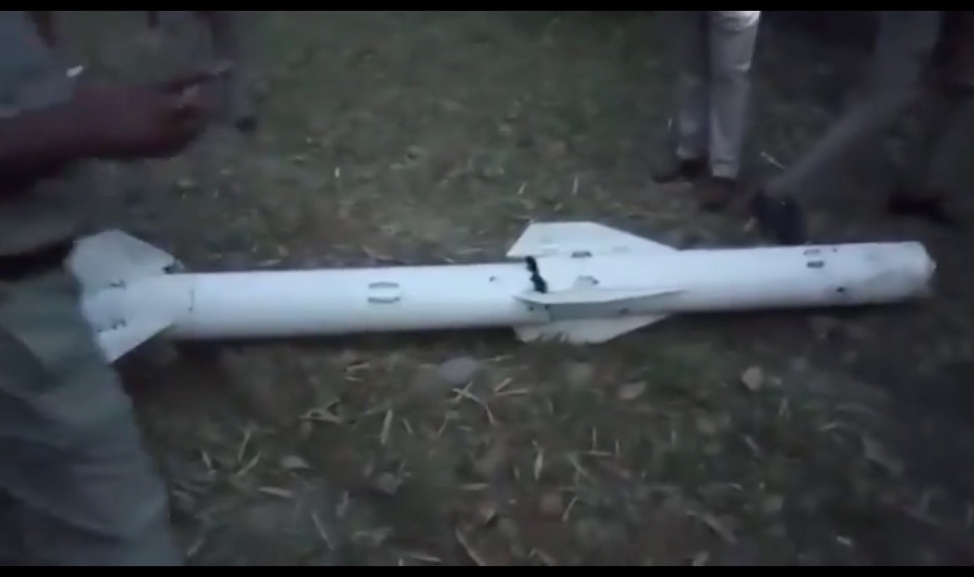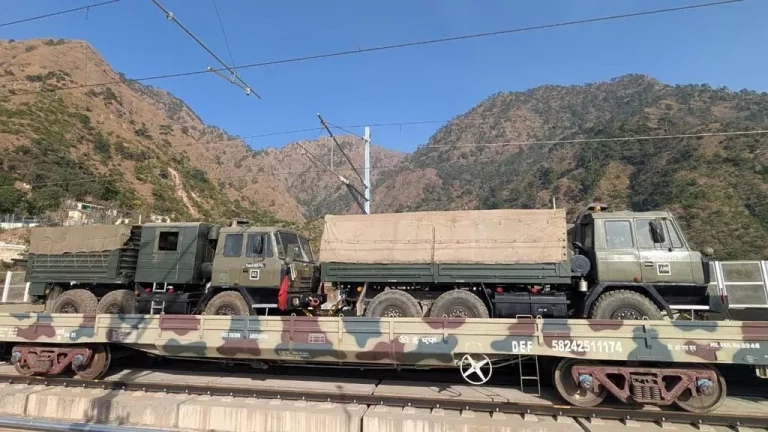In a recent development that carries both strategic and technological implications, debris from a Chinese PL-15E air-to-air missile was discovered in a field near Hoshiarpur, Punjab. Authorities in India confirmed that these fragments belonged to the advanced export variant of China’s PL-15 missile, believed to have been fired by Pakistan during recent aerial engagements. This incident has prompted serious concerns within China regarding the potential compromise of sensitive military technology.
The PL-15E variant boasts a reported range of 145 kilometers, while its counterpart used by the Chinese People’s Liberation Army Air Force (PLAAF) has an estimated range of 200 to 300 kilometers. The missile is equipped with sophisticated technologies, including an active electronically scanned array (AESA) radar seeker and a mid-course datalink system. Indian defense officials have speculated that the missile was launched from a JF-17 Block III fighter jet, which is co-developed by China and Pakistan, and has become a crucial component of Pakistan’s air fleet.
Defense experts have noted a striking aspect of the missile debris—it lacked signs of an auto-destruct mechanism, a feature commonly found in modern air-to-air missiles designed to prevent adversaries from recovering them. The absence of this safety protocol could enable Indian scientists to thoroughly examine critical components such as the missile’s seeker head, datalink capabilities, and propulsion system. Analysts view the event as a rare intelligence opportunity for Indian defense laboratories, including the Defense Research and Development Organisation (DRDO), which is currently engaged in developing advanced missile systems, including the Indigenous Technology Cruise Missile (ITCM).
The discovery has the potential to disrupt the longstanding defense cooperation between China and Pakistan. Chinese officials may now reassess their willingness to export advanced military systems, such as the J-35 stealth fighter, to Pakistan due to the heightened risk of technological exposure in active combat situations. Indian defense sources suggest that this incident may lead to delays or reductions in the scope of future arms transfers from Beijing to Islamabad.
For India, the discovery is strategically significant. It not only provides insights into Chinese missile engineering but also highlights the increasing technological complexity characterizing modern warfare in South Asia. This revelation comes at a particularly sensitive moment, following a series of escalatory military actions in April and May, including missile strikes under the operation known as ‘Operation Sindoor’ and retaliatory air operations by Pakistan across the Line of Control.
Global observers are raising alarms over the implications of recovering such advanced missile debris, as it could intensify the ongoing regional arms competition. While diplomatic efforts continue to call for restraint, the discovery in Hoshiarpur marks a new chapter in the intricate dynamics of the India-Pakistan-China triangle—one increasingly defined by technological superiority and strategic deterrence rather than merely troop movements.



















